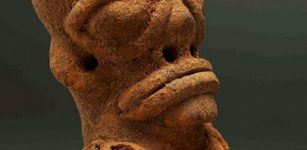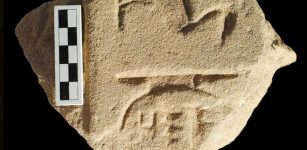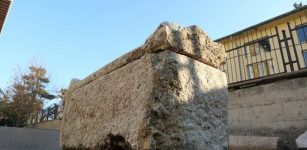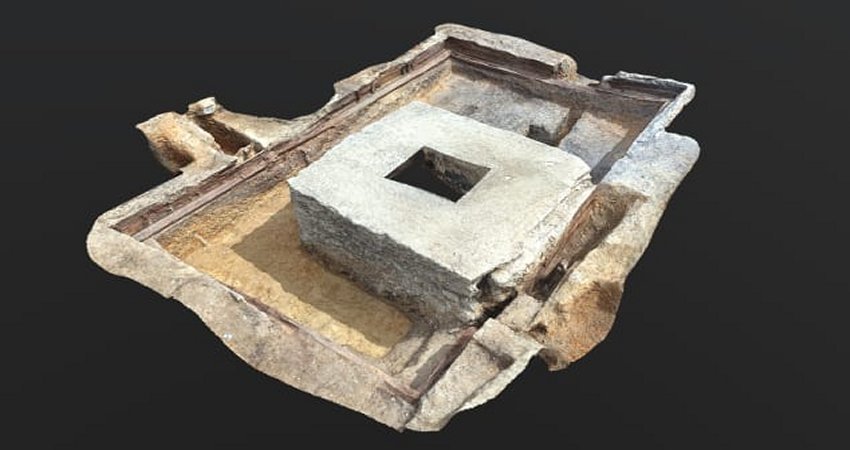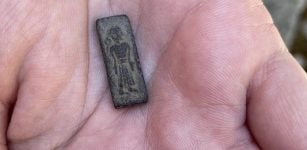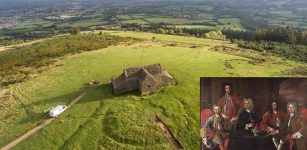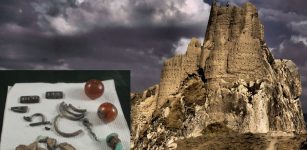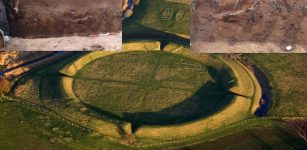Huge Tunnels And Palace-Like Structure May Be Hidden Underground In Northwestern Turkey
MessageToEagle.com – Next month, excavation works will begin in the İzmit province’s Çukurbağ district, where archaeologists believe a huge ancient palace lies underground.
During the removal of debris after the massive Marmara earthquake of August 1999, the remains of an ancient city along with a large number of historical artifacts were found underground, in northwestern Turkey, reports Hurriyet Daily News.
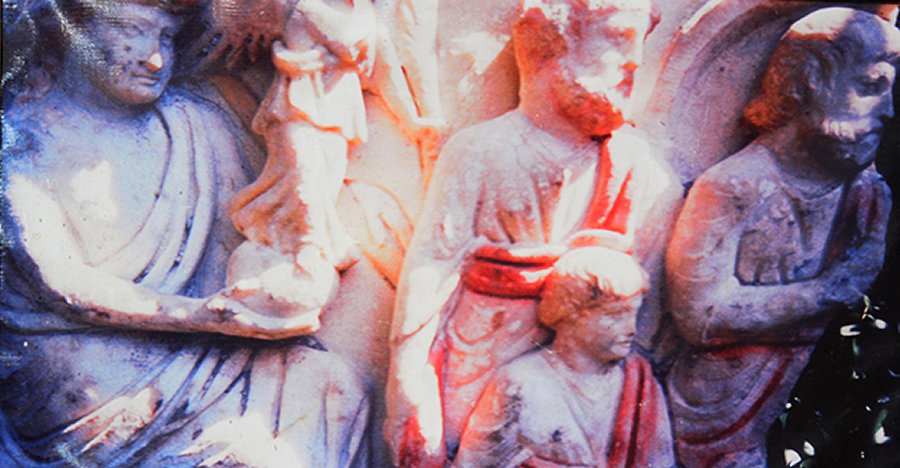
Sculptures, building blocks and column stones have already been found during construction works in the earthquake zone.
Among them, there was a giant headless sculpture of Heracles, which is now on display at İzmit’s Ethnography Museum, a headless and legless Athena sculpture and a panel depicting the Roman emperors Diocletian and Konstantin embracing each other were also among the findings.
Also an ancient underground theater and huge tunnels that extend as far as the İzmit Gulf, are expected to be found.
Many Turkish and foreign archaeologists and researchers had applied to be involved in the works, said İzmit Museum Directorate head Rıdvan Gölcük, speaking ahead of the star of excavations.
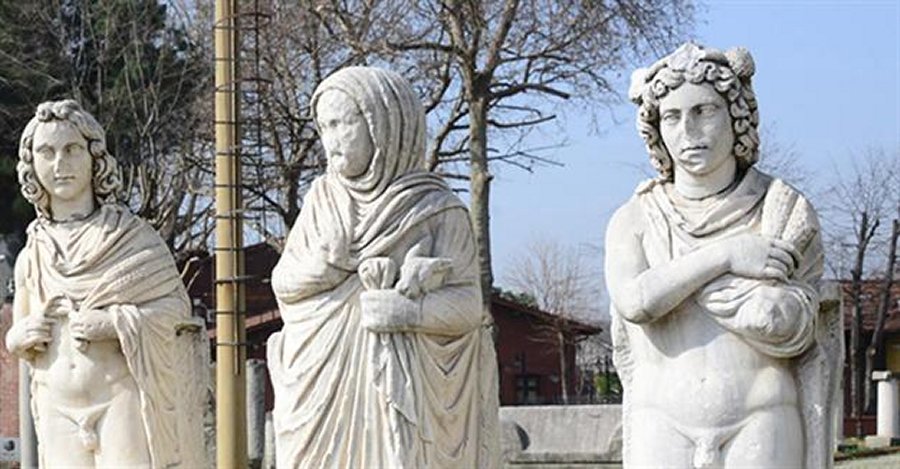
“The Heracles statue was found in 2001 in Çukurbağ. Then a short-term excavation was carried out in the neighborhood. Following the expropriation process, further excavations were carried out in the same place in 2009 and unique artifacts were found. Among these artifacts, the panel of the Roman emperors was very important. It was made after the Romans won a victory against a Gothic invasion,” he said.
“Geo-radar work will be carried out in this field for the first time to determine the underground cultural artifacts there.”
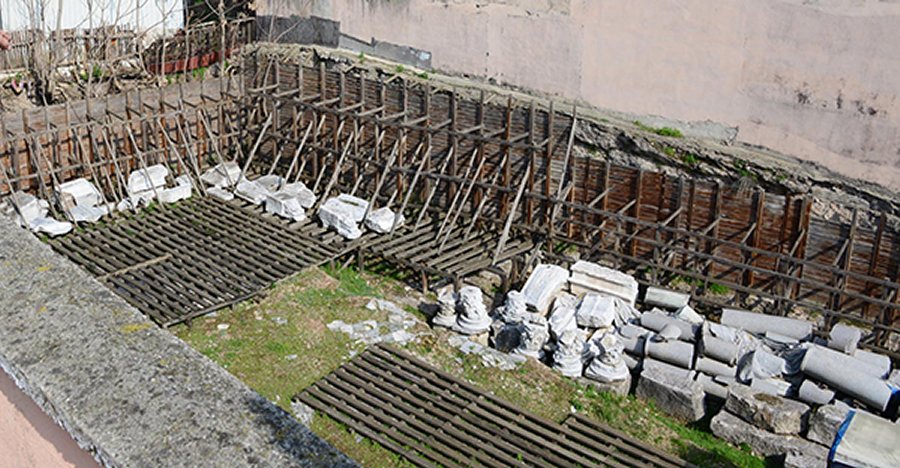
According to experts, houses had been built on this area of the Roman Palace, while the underground structure covered a huge area of 60,000 square meters.
İzmit was named Nicomedia in the ancient era and was the capital of Rome from 284 to 330. The palace there was built by Diocletian.
“My family has lived in this area for 300 years, but I had to leave my damaged home after it was damaged during the Marmara earthquake. We don’t live there anymore … But many people living here are unaware that they have been living on a huge palace for centuries,” said Numan Gülşah, the Foundation for the Protection and Promotion of the Environment and Cultural Heritage’s (ÇEKÜL) said.
MessageToEagle.com
Expand for referencesReferences:

